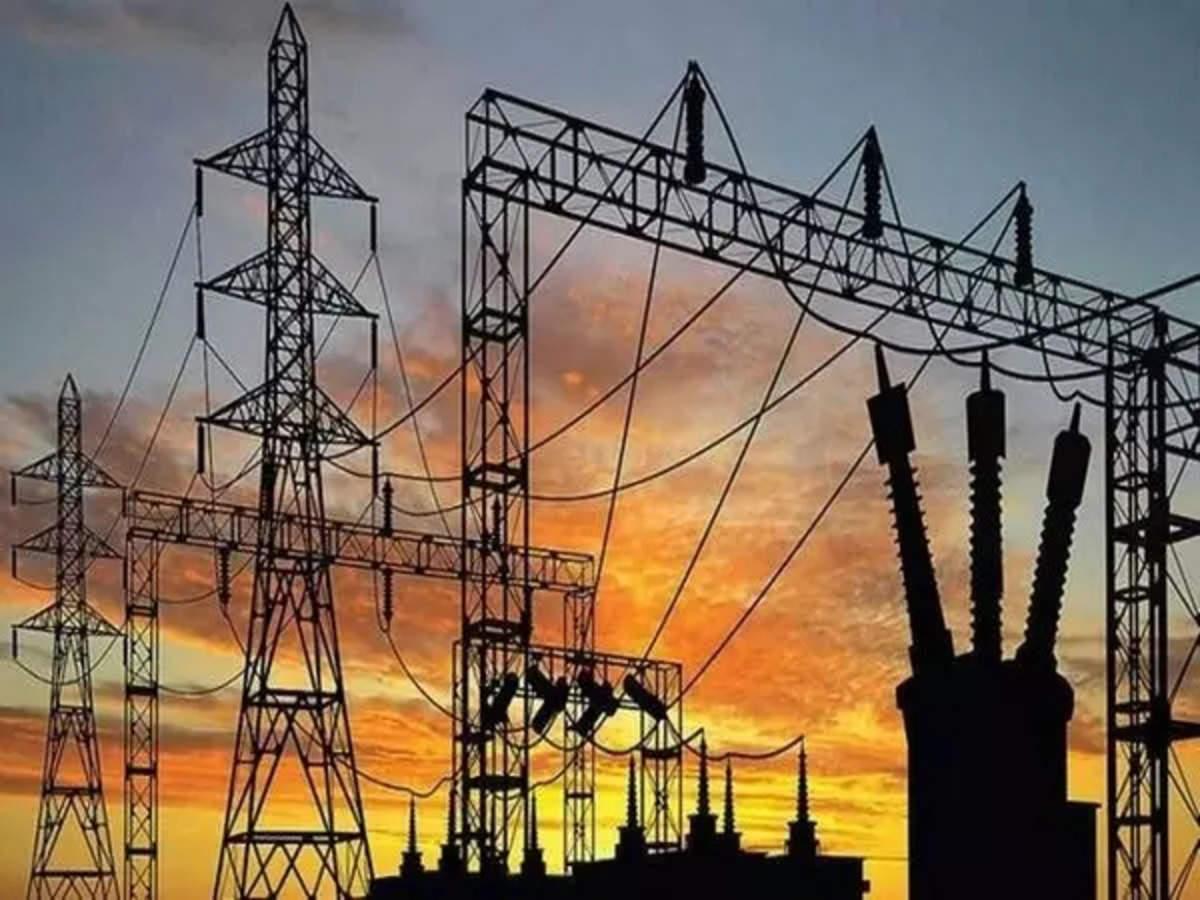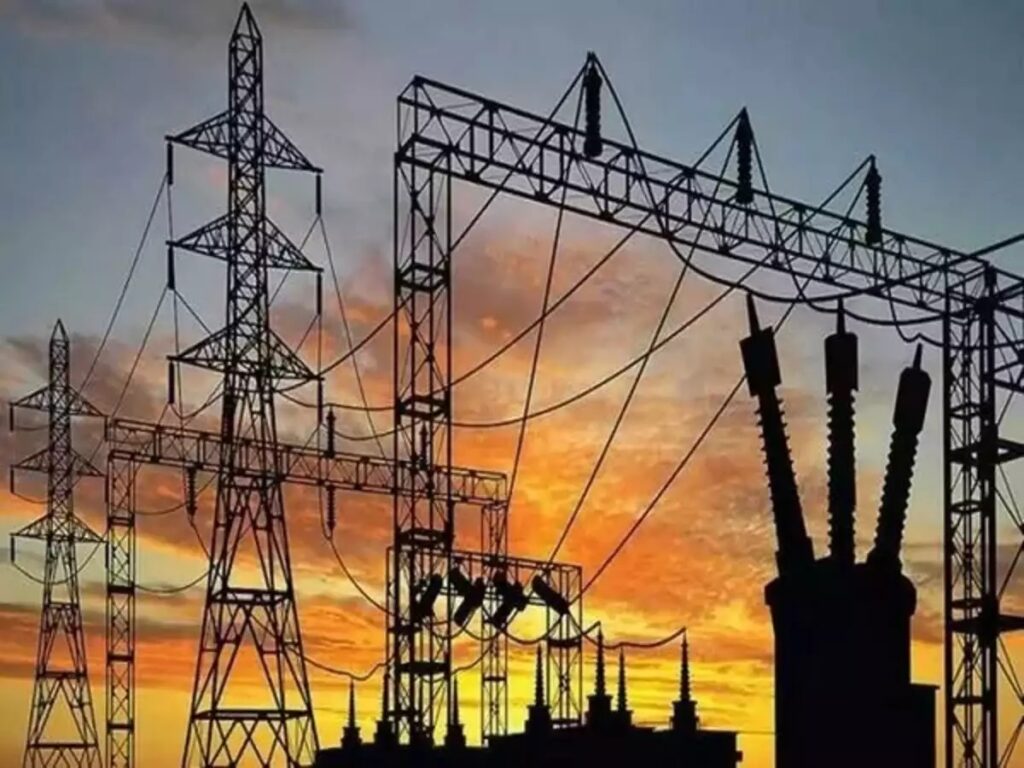
Introduction
Electricity, the flow of charged particles through conductive materials, is the driving force behind countless aspects of modern life. From the moment we wake up and switch on the lights to the time we plug in our devices before sleep, we’re immersed in a world that relies on this incredible form of energy.
Understanding Electricity
What is Electricity?
At its core, electricity is the movement of electrons. These tiny particles, which orbit the nucleus of an atom, carry a negative charge. When harnessed and guided through conductors, such as wires, electrons create an electric current capable of powering our world.
The Discovery of Electricity
The journey to understanding electricity dates back to ancient times when people observed static electricity through friction. However, it wasn’t until the 18th century that scientific pioneers like Benjamin Franklin and Alessandro Volta made groundbreaking discoveries in electrical theory and developed the first primitive batteries.
The Science Behind Electricity
Atomic Structure and Electric Charge
To comprehend electricity, we must delve into the structure of atoms. Atoms consist of a nucleus containing protons and neutrons, with electrons orbiting around it. When electrons move from one atom to another, an electric charge is generated.
Conductors and Insulators
Not all materials permit the free movement of electrons. Conductors, like metals, enable the easy flow of electric charge, while insulators, such as rubber and plastic, impede electron movement.
The Role of Electrons
Electrons are the lifeblood of electricity. By controlling their movement using various methods, we can generate, store, and distribute electrical energy.
Electricity Generation
Power Plants and Generation Methods
Electricity is typically generated in power plants using diverse methods like burning fossil fuels, harnessing the power of flowing water, or utilizing nuclear reactions. These methods turn turbines connected to generators, producing electrical energy.

